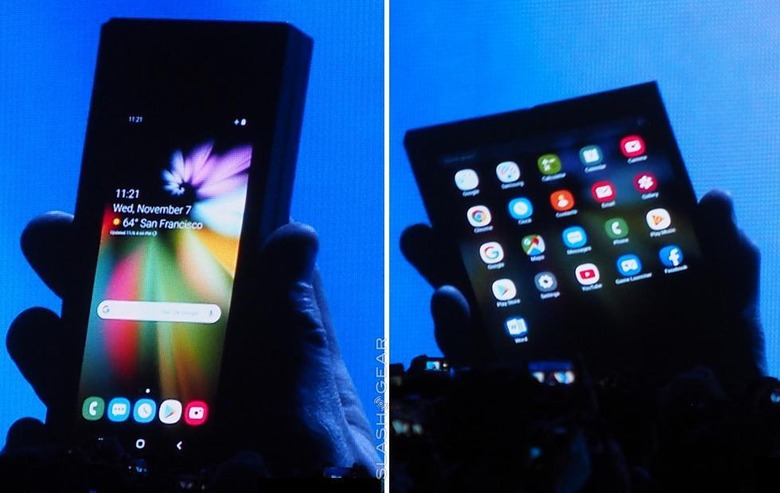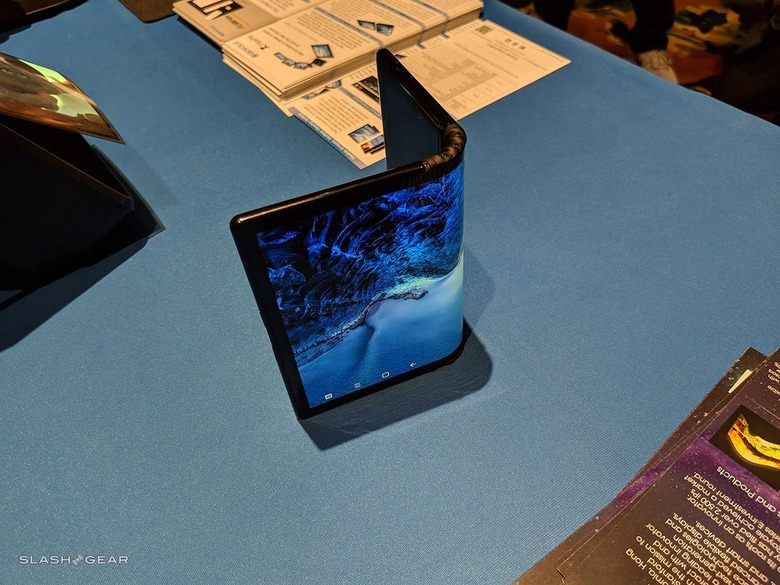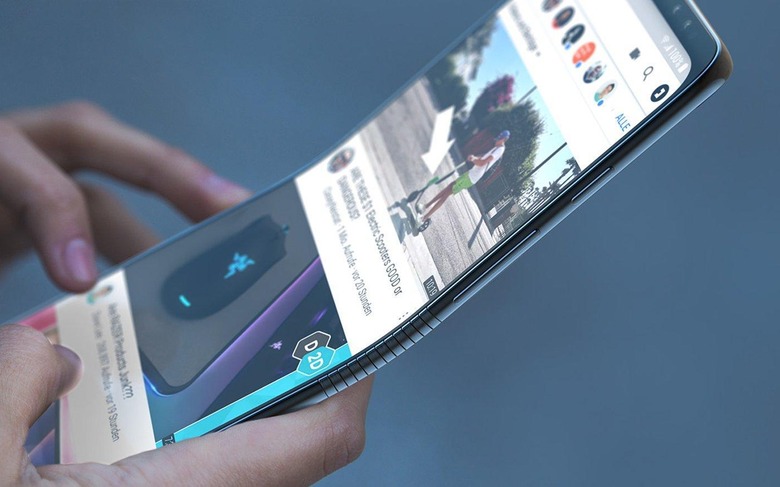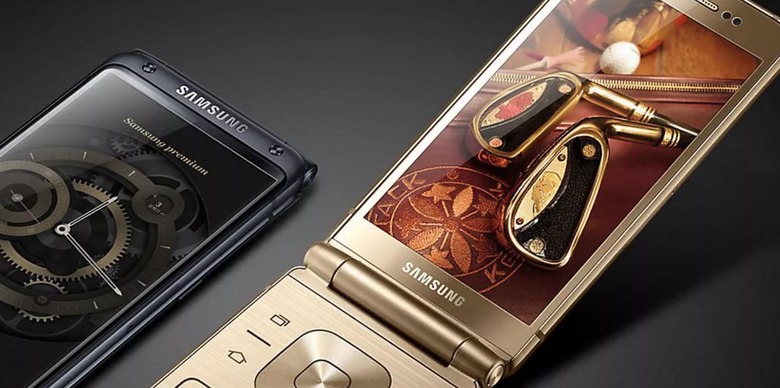The Foldable Screen RAZR Reboot Has A Rare Opportunity
The Motorola RAZR is reportedly returning, the iconic flip-phone rebooted as a cutting-edge foldable screen smartphone, but there's the potential for something far more interesting than just a cynical branding revival. It's fair to say that Motorola has never returned to the dizzying heights it attained on the success of the RAZR and its successors. What better way to pay homage to its innovation by bucking the trend in foldable phones today?
Now, I lined up and bought a Motorola V3 RAZR the day it was released. It should probably come as little surprise, therefore, that I'm automatically drawn to the idea of a rebooted RAZR. One with cutting-edge specifications as well as that ever-rewarding "snap!" as you click it closed.
My interest is more than just nostalgia, though. Depending on how closely Lenovo sticks to the original Motorola RAZR apparently inspiring this new smartphone, we could potentially see a phone that addresses a huge complaint in the industry today. Just like the original RAZR made the candy bar cellphone more pocketable, so could this new RAZR do the same for the modern breed of vast smartphones.
Details around actual hardware and specifications are in very short supply right now. Beyond the fact that Lenovo is making the new Motorola RAZR with a Verizon exclusive in mind, and in vanishingly small numbers in the grand scheme of cellphone mass production, the only real tidbit is a price tag. Think along the lines of around $1,500, and only around 200,000 devices actually made.

The foldable phones we've seen so far – and, admittedly, there aren't exactly many of them – have looked at the form-factor from the perspective of a collapsable tablet. Samsung's foldable Galaxy prototype, shown off at the company's developer summit last year and expected to make its official debut on February 20 alongside the Galaxy S10, is a chunky candy bar when closed. It opens out to a roughly 7-inch tablet.
The Royole FlexPai takes a similar approach. As we saw at CES 2019 last week, the "world's first commercial foldable smartphone with a fully flexible display" opts for a 7.8-inch square screen that folds roughly in half for phone purposes.

There are some good reasons why a phone-that-becomes-a-tablet design is a safe place to start. A bigger device can be thicker without running such a risk of upsetting potential customers. That allows for more space for batteries, not to mention for the hinge mechanism.
That last part is important. As insiders have whispered about Samsung's foldable, we're not at the point where you can crisply bend a display down the middle, unfold it again, and expect it to be unaffected by such treatment. Instead, you need a more controlled curve as the two halves come together; Samsung and others have patents galore demonstrating the elaborate hinges they believe will prevent their flexible displays from cracking.

Squeezing that sort of mechanism into a clamshell phone that folds up like a RAZR is going to be tough. That is, if you also want something which isn't as chunky as an early analog flip-phone. There we have a problem, then, because I think that's what a lot of people might be hoping for.
Perhaps I'm unusual, but I don't particularly want a smartphone that morphs into a tablet. What I'd much prefer is a small device that opens up into a big-screen phone. Something that doesn't bulge out of my front pocket like an iPhone XS Max or Galaxy Note 9, yet which still gives me the same display size when I open it up.
Clamshell smartphones aren't new, though they've not managed to gain traction in markets like North America. China, South Korea, and other Asia markets, however, have a range of flip phones to choose from. Just in October 2018, the latest Samsung W2019 with Galaxy-esque specifications but in a folding form-factor was spotted.

The problem there – and the reason they've not caught on more broadly – is that you sacrifice a lot of screen size in the process. With half of the inside of the flip phone dedicated to a physical keypad, the remaining real-estate for the display tends to amount to around 4.2-inches or thereabouts. A far cry from the 6.2-inches of a Galaxy S9+ or the 6.5-inches of an iPhone XS Max.
I love having a big display on my phone, and indeed I suspect my dramatically reduced use of tablets is down to phablet-scale smartphones being "big enough" to do double-duty. However it would be nice to have that sort of screen space in a device that didn't dominate a pocket, purse, or hand. If Motorola, Lenovo, and Verizon can do that with a reborn RAZR, then I think that would be a better demonstration of flexible displays' potential than anything else we've seen so far.
IMAGES OptoScalpal; Jonas Dähnert
